You know that your business needs to be backing up its data, but you’re not sure about the best way to do it.
In this blog post, we’ll give you all the info you need to choose the best data backup strategy for your business.
Consider Your Business Requirements
The first step in any corporate data backup strategy is to consider what you need your backups for.
The main reasons to back up your business’s data are:
- To keep from losing and having to re-do work
- For compliance purposes
- To keep from not being able to work because of lost documents and application file
Of course, in an ideal world, you’d just back up your entire IT in real-time, in several locations, with an infinite number of file versions, and be done with it.
But that wouldn’t be very cost-effective, even if your business could afford it.
As much as possible, you need to analyze your requirements for each type of data (financial records, CRM data, ERP data, marketing documents, etc.). You should consider things like:
- How much of this data can I afford to lose in terms of time? (For example, if you perform backups every 4 hours, then you should be willing to lose up to 4 hours’ worth of data)
- How fast do I need to be able to restore this data if the original copy gets lost?-How long do I need to keep this data for?
- What’s the likelihood that I’ll ever need to retrieve this data?
- Am I required by law to protect this data from deletion?
Types of Data Backup
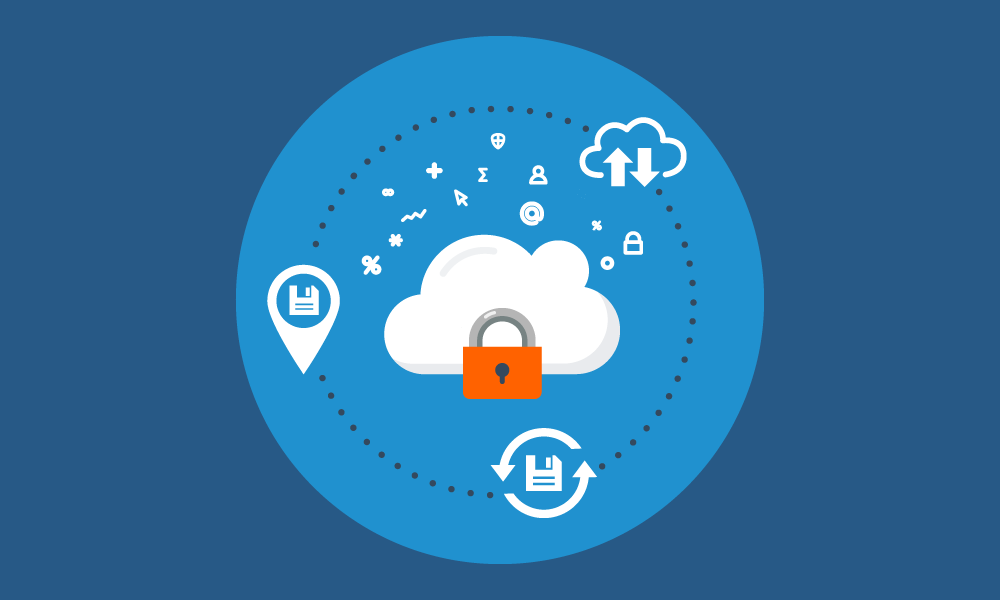
There are three different types of data backups:
- Real-time
- Periodic
- Geolocation
Real-Time Backups
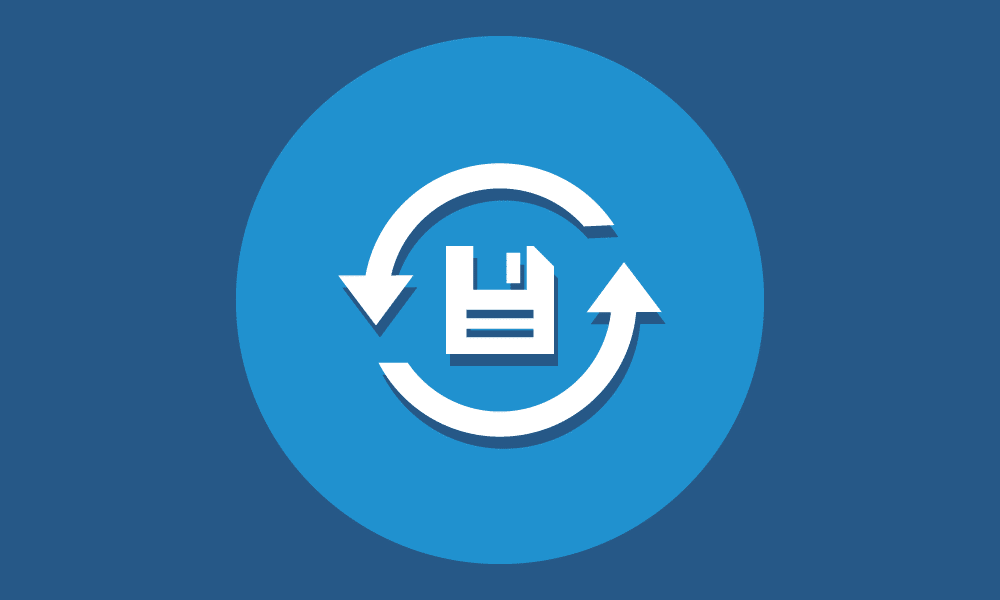
Real-time is pretty self-explanatory. You back up your data basically as soon as it’s created or edited – right up to the second, or as close to it as possible.
Real-time backups are great if you’d prefer not to lose any data, as you would if you backed up every hour, for example.
One downside to real-time backups is that they can be expensive and resource-intensive. You usually need a persistent network connection and high-speed, high-capacity storage drives.
Another issue is that real-time backups can also back up malware and maliciously encrypted and corrupted data, along with your other files. This can worsen security breaches and lead to the data loss that you were trying to prevent in the first place.
Periodic Backups
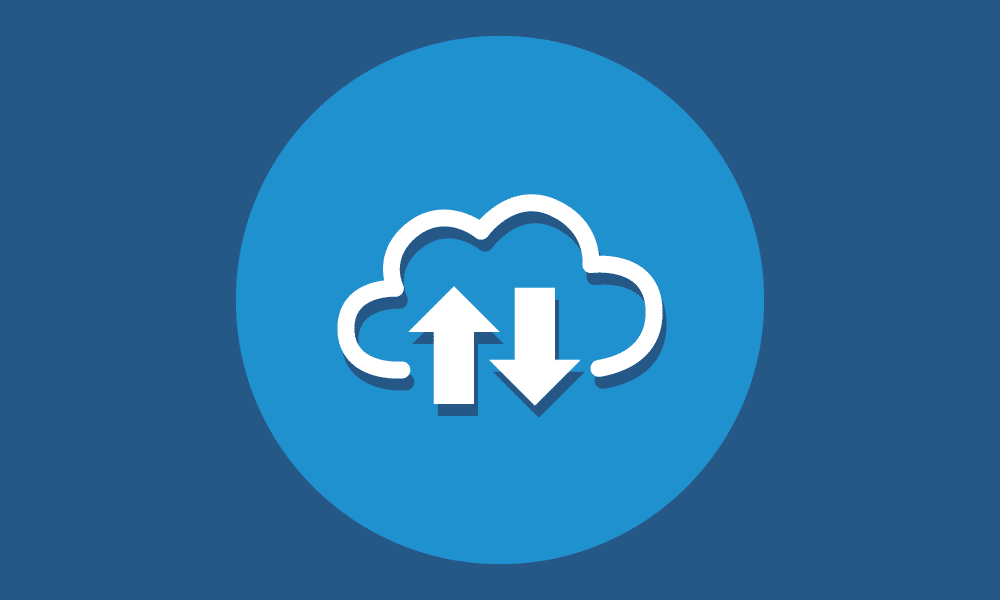
Periodic backups are backups that you perform after a certain length of time. For example: every hour, day, or month.
As mentioned, with periodic backups you accept the risk of losing any data created between one periodic backup and another.
But periodic backups are also cheaper and less resource-intensive than real-time backups. You can run them overnight to avoid overloading your networks and storage systems.
You can perform them on cheap yet reliable hard drives or tape drives since they don’t require the speed and I/O throughput of real-time backups. They let you cancel a backup in the event that all your production files are encrypted by a Cryptolocker-style virus.
If you’re like a lot of businesses, you may find that a combination of real-time and periodic backups works best for you:
- Real-time backups for your most important and most actively-used files.
- Periodic backups of your least important, seldom-used files. And as a hedge against malware, cryptoviruses, and corrupted files.
Geolocation Backups
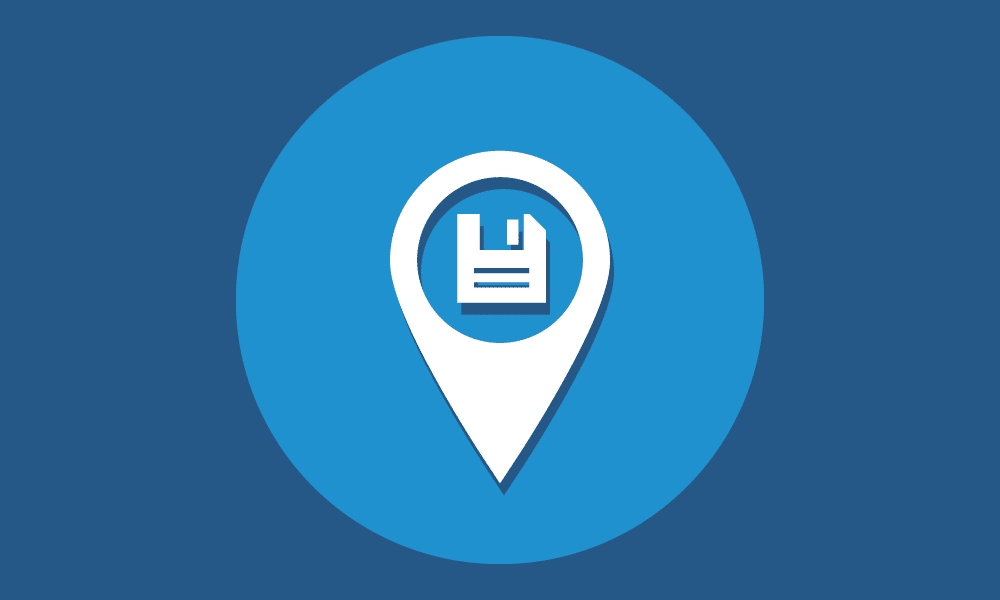
Geolocation backups is what I call it when you back up your data to a different domestic or international region.
These kinds of backups keep your data from being destroyed in a localized disaster like a natural disaster or power outage.
They also allow your employees to continue working in the event of a localized disaster. This usually only works as part of an overarching business continuity framework, though.
(You’ve backed up your data in a safe location- but do your employees know how to access it? Do they have access to their applications, too? What about desktops?)
Deciding on a Data Backup Strategy
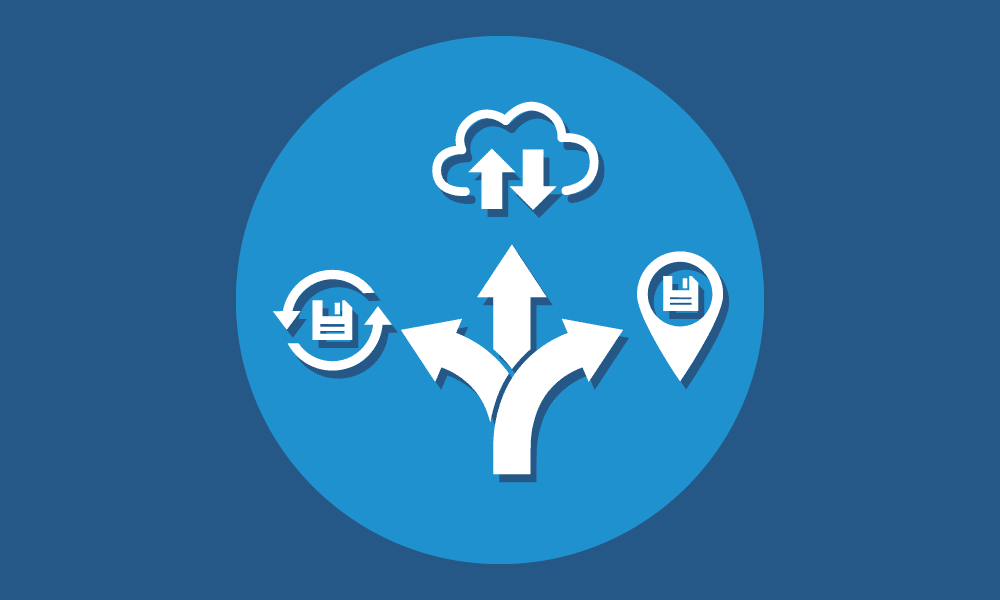
So now you’ve thought about your business’s practical requirements for backups. And you’ve learned about the main types of backups and their pros and cons.
Now it’s time to formulate a corporate data backup strategy and put it into place.
Ultimately your strategy will depend on your business’s unique requirements. It’ll also depend on your budget and overall priorities as a business.
If you need any help, you can reach out to us or ask your questions in the comments section. We’ll be happy to provide advice based on our 20+ years’ developing our own highly-resilient storage network for our cloud platform.

